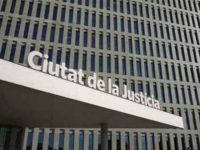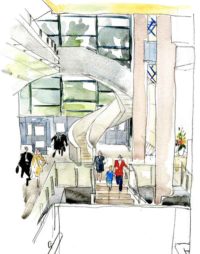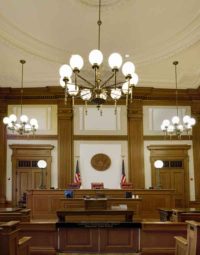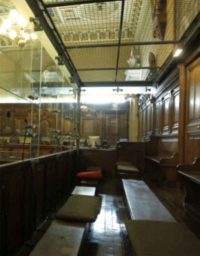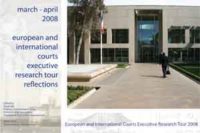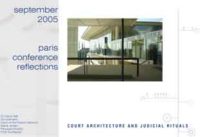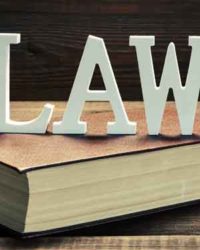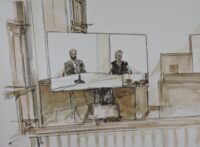
Gateways to Justice II : Guidelines for Use of Video in Justice Hearings
This report examines some of the issues courts and tribunals encountered during the coronavirus crisis as they made increasing use of video technologies, and reports on the lessons they learned in response to the challenges faced. It raises a number of issues that courts will address in the medium and long-term as digital technologies are incorporated into many aspects of court business.

